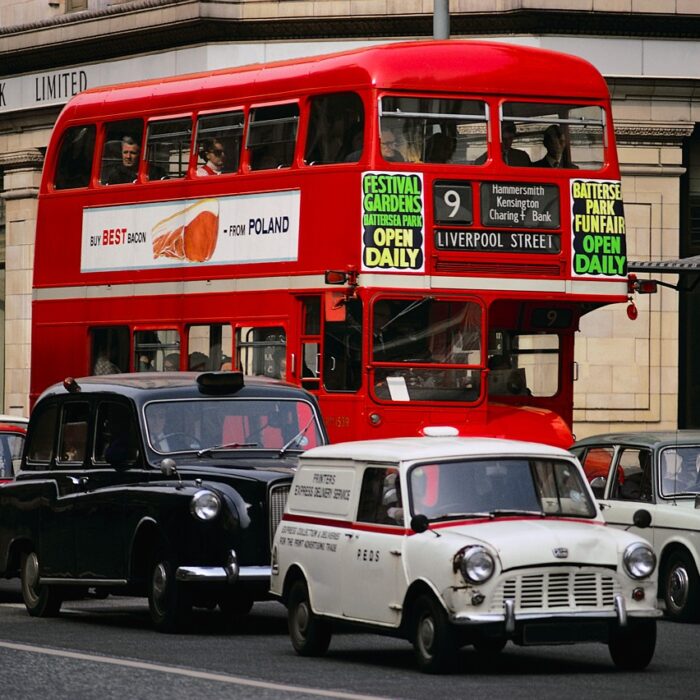Automobile (motor, engine) oil is necessary for an internal combustion engine to operate efficiently. The oil should be good, but this material won’t touch upon the quality of the lubricant. Today, we’ll talk about the question of the frequency of oil change in a car, the factors that affect the interval of this change and its main causes. After all, a car has a complex technical design that needs timely relevant maintenance. Oil change is a necessary element of such maintenance. Let’s start with an analysis of the need to change the engine oil.
Why should you change your engine oil?
A motor unit of a car needs protection. Engine overhaul is not cheap. A function of a car engine protection is performed by automobile oil. Oil is an auto chemical. The main task of engine oil is to reduce the wear of engine parts. The work of most of the engine is built on friction, and it’s the lubricant that levels it.
The car oil influences on the possibility of starting, the wearout period of engine parts, the probability of:
- occurrence of hazardous substances in exhaust gases;
- occurrence of chips and scratches of the compressor shaft and bearings, rotor breakage (due to wear of the roturbo);
- contamination of the oil cable with thickened liquid and turning of connecting rod inserts;
- reduction of car’s power.
Among other things, the oil also serves as a kind of cooler for rubbing parts. Another important task of the car oil is to protect metal parts from corrosion. Many parts of the engine – valves, pistons, camshafts, etc. – work at large temperature differences, strong friction, exposure to combustion products, etc. Therefore, an insufficient amount of oil or its obsolescence – when additives are dissolved, natural layers are created on engine parts, some components of the lubricating fluid are oxidized, its viscosity and pH (acidity level) change – gives priority to the issue of oil change during car maintenance.
How often should you change the engine oil?
A manufacturer connects the frequency of oil’s replacement with the mileage of a car (every 10-15 thousand km), car operating time (if the load is severe, the oil is changed every 6-8 thousand km) and the amount of fuel consumed. But these are just general recommendations. Each particular car has its own characteristics. Therefore, the car owner must know the optimal period during which the oil is functional and change it in time, after reaching a certain period. But timely change of engine oil is the most important component of a long and trouble-free operation of the car. The interval of engine oil change is affected by the type of engine (turbo, diesel or gasoline), the fuel used, and the condition of filters.
Can you change the engine oil less often?
You can extend the life of the engine oil by using special additives. Adding, for example, a drag reduction agent, you can achieve a variety of effects, including extension of preservation period of oil’s operational properties (2-4 times); increase in engine power (30%); reduction in cold start wear (5-15 times); reduction in car fuel consumption (20%); reduced friction in oil (15-17%); increase in gears’ operation period (50 times); reduction of fuel burn rate (twice); reduction in signs of wear of the cylinder-piston group’s (2-3 times), of inserts (20 times):
It is important to consider that any oil gets old. It gradually oxidizes, additives burn out, and dirt accumulates. Hence, the result is a decrease in the functionality of the engine oil, it becomes unable to perform its main tasks – to level friction, reduce wear of components of the power unit, their anti-corrosion characteristics. The spent oil is much worse at removing heat, and the engine overheats. The oil should always be clean. Otherwise, oil channels are clogged, an oil filter is plugged (it should also be changed). Mineral oil oxidizes most quickly, so those who use motor oil of this category should change the lubricant more often than others.
What does city driving (for short distances) lead to?
The engine oil must be heated to a certain (optimal) temperature. Then there is no rupture of oil film between the piston and the cylinder, the oil is not oxidized, does not liquefy. A city driving is such an operation of a car, in which the oil doesn’t have time to warm up. As a result of such a driving, a large amount of fuel gets into the oil without hindrance, which leads to the depletion of oil additives. And the presence of water in the oil causes a change in the characteristics of the motor lubricant.
Another point related to driving in urban conditions is the calculation of engine hours’ number. When a manufacturer writes that the oil needs to be changed after a 15 thousand km interval, then this gives 300 engine hours at an average speed of 50 km/h. However, in urban conditions, the speed of driving barely reaches 25-30 km, sometimes even 20 km/h. This means that the number of engine hours is different (15,000 divided by 20 km/h and we get 750 hours). In fact, this result is double the estimated engine hours recommended by the manufacturer. Therefore, when driving in urban conditions, you should change the oil twice as often! Of course, this is if a person cares about his/her car and the smooth operation of its engine. However, the determination of the time of engine oil change by engine hours is estimated, that is, not completely inaccurate and not the easiest.
Don’t wait for the turning point to come – monitor the oil condition
You can find out that it is time to change the oil in the car through self-diagnosis. It is carried out with a special oil dipstick. The recovered fluid must be viscous. If the consistency of the lubricant differs from the original state, the former viscosity is lost, a change is required. Also, the unsuitability of engine oil for further use is indicated by traces of dirt, carbon deposits on the dipstick. Any sludge, including one in the form of metal shavings, a change in color from amber, characteristic of “fresh” oil, to another (dark, opaque), an appearance of water droplets are evidence that the oil is no longer able to protect the internal combustion engine parts from wear, that the process of strong decomposition of additives, clogging the oil with exhaust gases of the crankcase, turning it into black spent oil has begun. The engine on such a lubricant can fail at any moment of the car’s operation, and the issue of safe driving on such a car becomes problematic. Of course, you can’t buy and use engine oil which expires in the coming months. Because it is strictly forbidden to use motor oil, which service life, specified by the manufacturer, has expired.
“Summer” and “winter” oil is suitable only for those who don’t use the car much (no more than an hour a day). The rest need to calculate the time to change the engine oil, taking into account the factors discussed above.

We wish your car to always be in great shape and drive with fresh oil. However, don’t forget about the documents that give the right to drive a car. A national driver’s license is now obsolete. It is better to have an international driver’s license. This is practical and doesn’t create problems when driving a car in any corner of the Earth. We will easily and quickly process an international driver’s license for you directly on our website. We invite you to apply right now!

Published March 11, 2021 • 6m to read






